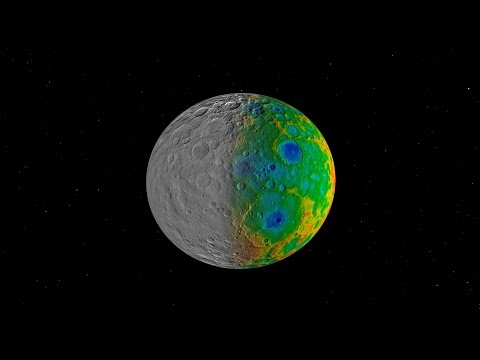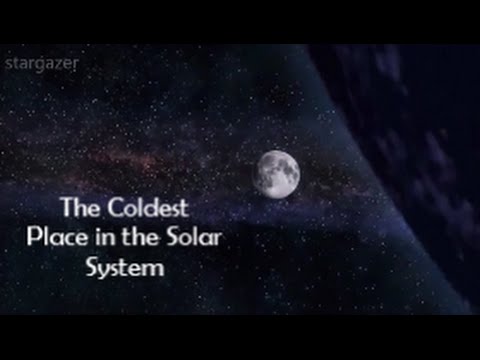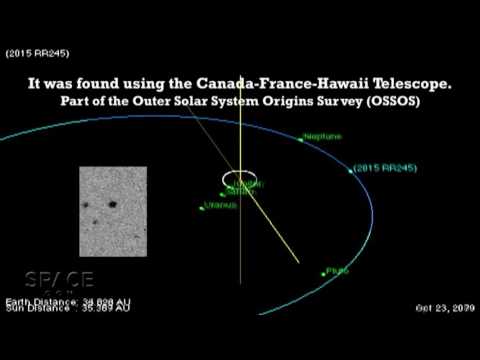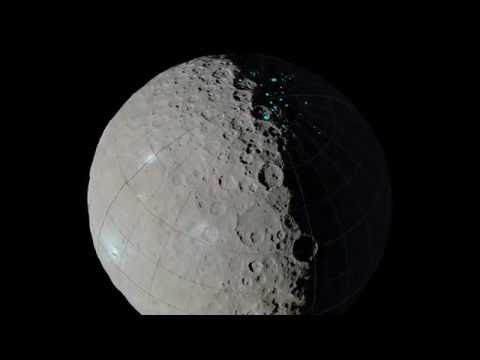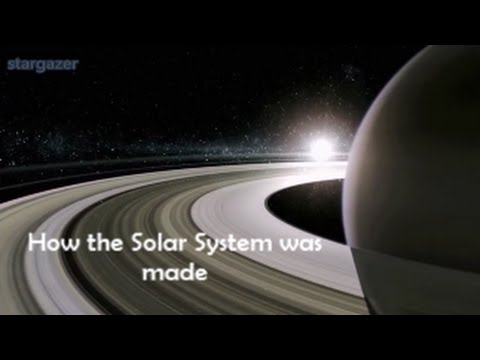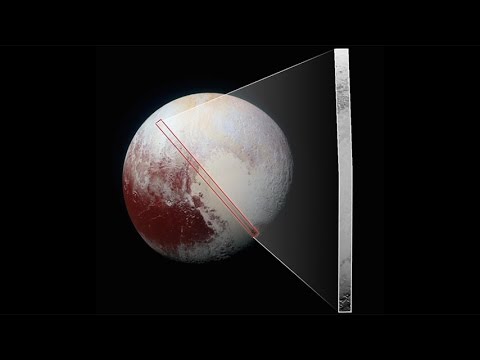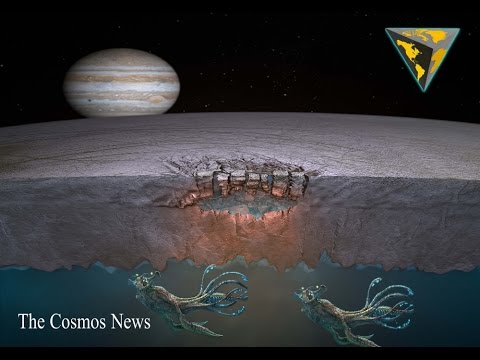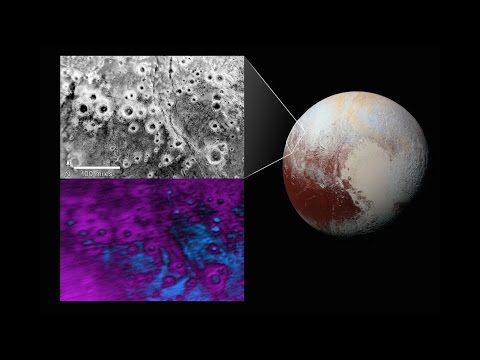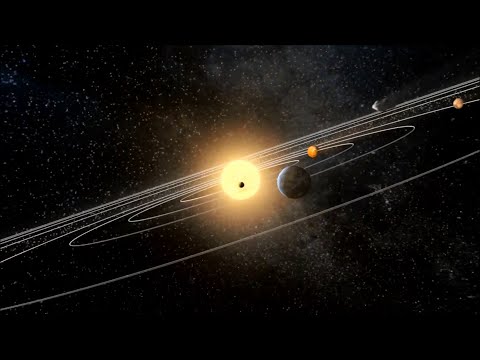Category: The Solar System
Using the Gemini North telescope in Hawaii and the Texas Echelon Cross Echelle Spectrograph (TEXES), scientists found out that the most active Jupiter’s moon, Io, has an atmosphere that is in a constant state...
Scientists are baffled by missing craters on Ceres after they got data from NASA’s Dawn mission. According to them, it might be that icy volcanoes can be responsible for this phenomenon.
Our Solar System is not small and contains many planets, dwarf planets and other space objects that possess icy and unapproachable places. Surprisingly, the coldest spot in our Solar System is not located in...
A team of astronomers has discovered a new icy dwarf planet in the Kuiper Belt. The new planet called 2015 RR245 is approximately 700 km in diameter and needs 700 years to orbit the...
Using data from the NASA’s Dawn spacecraft, scientists have discovered the areas on dwarf planet Ceres that lie in complete darkness. According to them, these areas contain craters with extremely low temperature and can...
The following video reveals what has happened in the early Solar System and how two largest planets – Saturn and Jupiter – became thus big and occupied the places they still hold today.
The New Horizons Spacecraft continues sending data of Pluto’s icy surface. This new image portrays Pluto’s canyons with nearby icy mountains. The new icy plain of Pluto got its name Krun Macula after the...
NASA’s New Horizons spacecraft sent a new image of Pluto that reveals its surface in stunning detail. This sharpest view of Pluto’s color mosaic enables us to enjoy its landscape in the most detailed...
Saturn is one of the most beautiful planets in our Solar System, which fascinates scientists and astronomy fans for years with its mysterious rings. This video gives us the list of 25 most interesting...
In a new study, scientists have revealed that Jupiter’s moon, Europa, could contain the right biological ingredients that can produce life. According to them, water is not sufficient to make life happen. There are...
Using data from the New Horizons spacecraft, scientists have found that Pluto’s outermost moon, Hydra, is covered by pure water ice. The findings reveal that its outer layer is cleaner than the shells of...
Using the Hubble Space Telescope, astronomers have discovered that Makemake, a dwarf planet, has the moon, named MK2. Makemake is the second largest planet after Pluto in a region beyond Neptune’s orbit, better known...
The New Horizons spacecraft has sent new images of Pluto on April 21st. They reveal the presence of methane ice as the bright ‘halo’ craters on the Pluto’s west side, known as Vega Terra.
The following video shows us the list of 25 cool and interesting facts about various moons of our Solar System. The list begins with Saturn’s moon, Enceladus, and its astonishing fountains. The list further...
NASA’s New Horizons spacecraft sent a new image of Pluto’s surface that shows a new ice fracture in a form of a spider. Namely, they have found the icy structure on Pluto’s surface that...
According to astrophysicists from the US, planet nine could trigger a mass extinction on Earth by producing comet showers. They have found further evidence to prove a 30-year-old theory published by Dr. Daniel Whitmire,...
After the January announcement about the mysterious ninth planet, astronomers have found a new evidence that supports its existence. Namely, the mysterious planet is 10 times the size of the Earth and resembles Uranus...
The following video contains all important information that the Dawn spacecraft has gathered about the alien world of Ceres. The large, bright spots on Ceres are the greatest mystery of the dwarf planet that...


